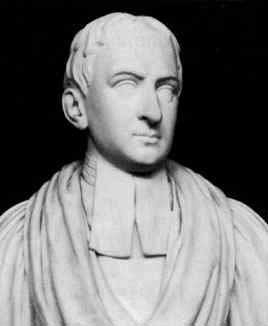- About MAA
- Membership
- MAA Publications
- Periodicals
- Blogs
- MAA Book Series
- MAA Press (an imprint of the AMS)
- MAA Notes
- MAA Reviews
- Mathematical Communication
- Information for Libraries
- Author Resources
- Advertise with MAA
- Meetings
- Competitions
- Programs
- Communities
- MAA Sections
- SIGMAA
- MAA Connect
- Students
- MAA Awards
- Awards Booklets
- Writing Awards
- Teaching Awards
- Service Awards
- Research Awards
- Lecture Awards
- Putnam Competition Individual and Team Winners
- D. E. Shaw Group AMC 8 Awards & Certificates
- Maryam Mirzakhani AMC 10 A Awards & Certificates
- Two Sigma AMC 10 B Awards & Certificates
- Jane Street AMC 12 A Awards & Certificates
- Akamai AMC 12 B Awards & Certificates
- High School Teachers
- News
You are here
Napier's e - Roger Cotes
Among people with some mathematical background, Euler may well be best known for Euler’s formula: eix = cos x + i sin x (also often referred to as the Euler-Cotes formula). In examining the relation between exponentials and trigonometry, Roger Cotes (1682-1716) came to the formula ix = log(cos x + i sin x). This appeared in his Logometria of 1714 (printed in the Philosophical Transactions of the Royal Society, then a widely read publication) and reprinted in his posthumous 1722 work Harmonia Mensurarum. In this work Cotes studied logarithms and their relation to hyperbolas. Defining the “modulus and modular ratio” as the ratio of the number 1 to the factorials, he found the same terms as Euler did in his series expansion above. In particular, Cotes stated the ratio of 2.718281828459 to 1. Thus even our attribution of the decimal expansion of e to Euler is erroneous. But as we saw above, Euler did originally use c. If he had continued with that, urban legend might now say that he named it after Cotes, which would be correct in that Cotes was the first to explicitly write out the numerical approximation for the series expansion.

Roger Cotes
Amy Shell-Gellasch (Beloit College), "Napier's e - Roger Cotes," Convergence (April 2010), DOI:10.4169/loci003209




